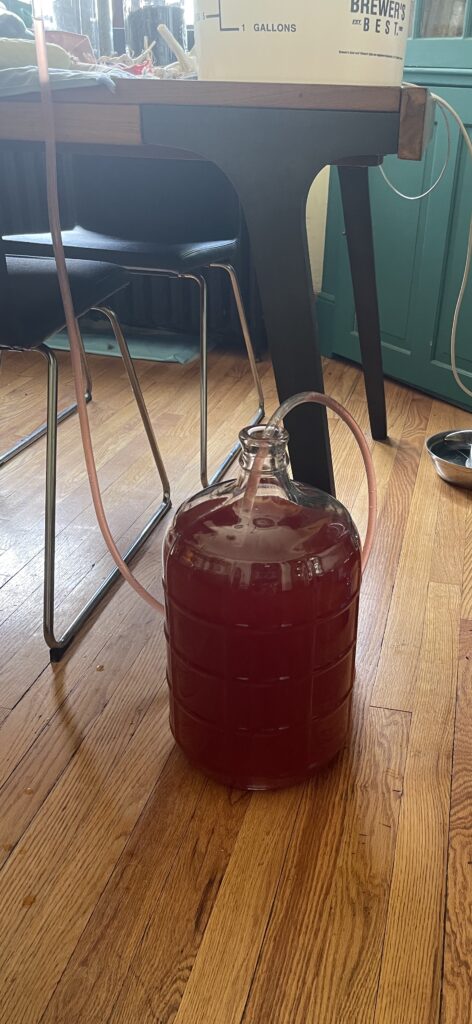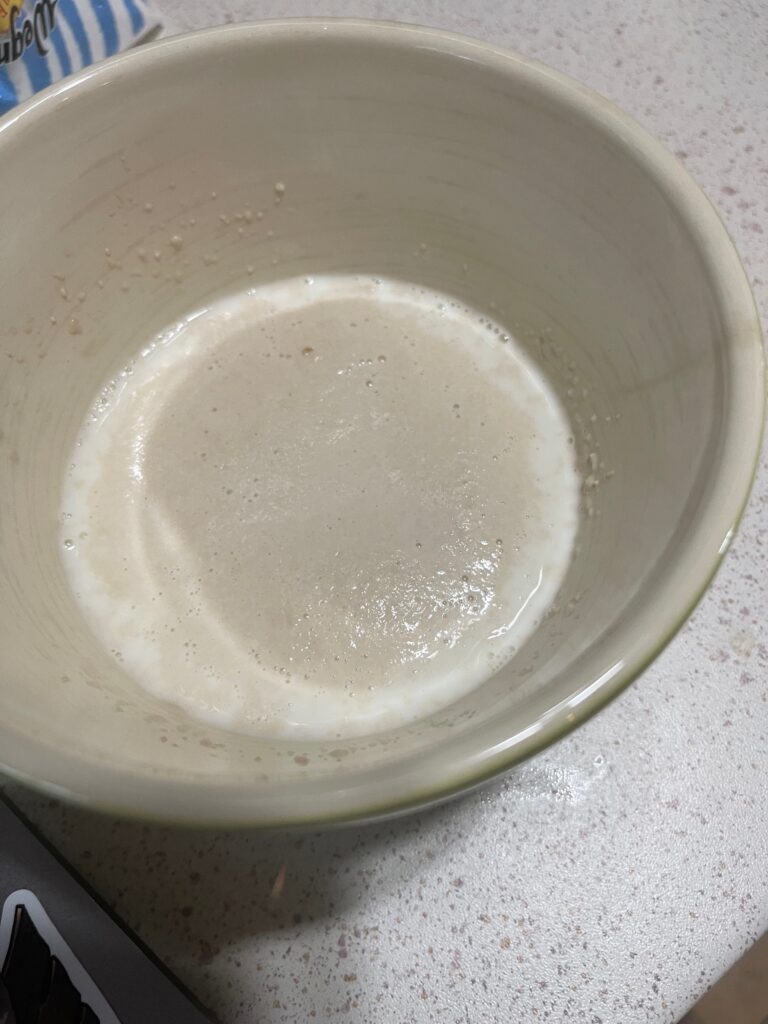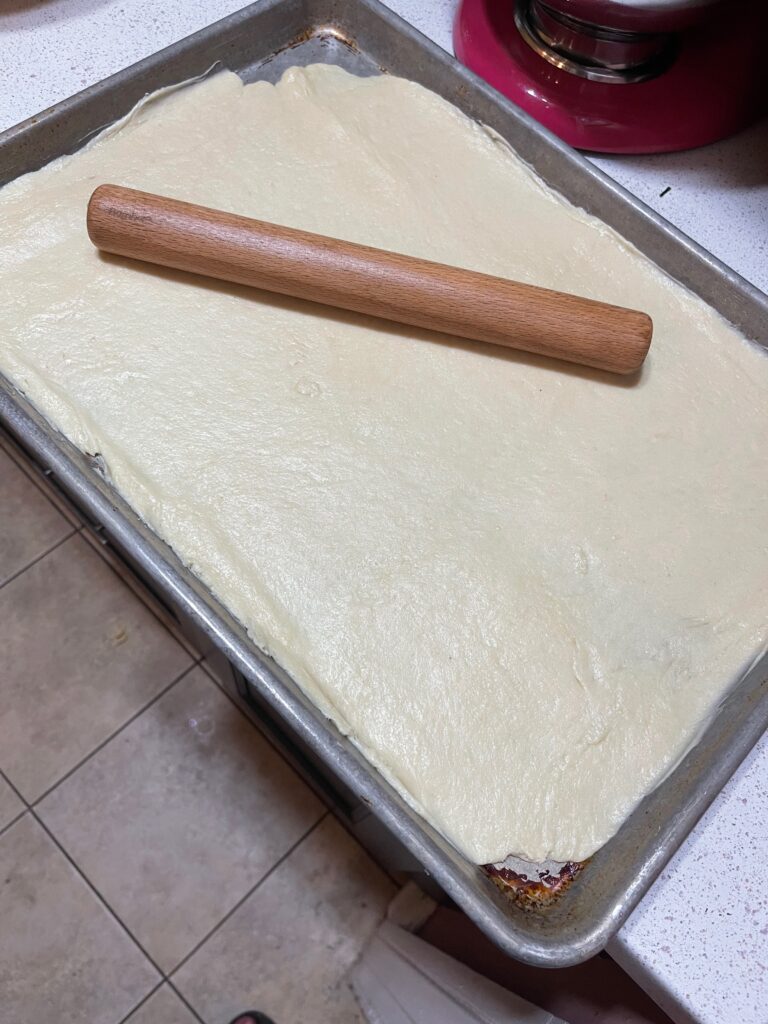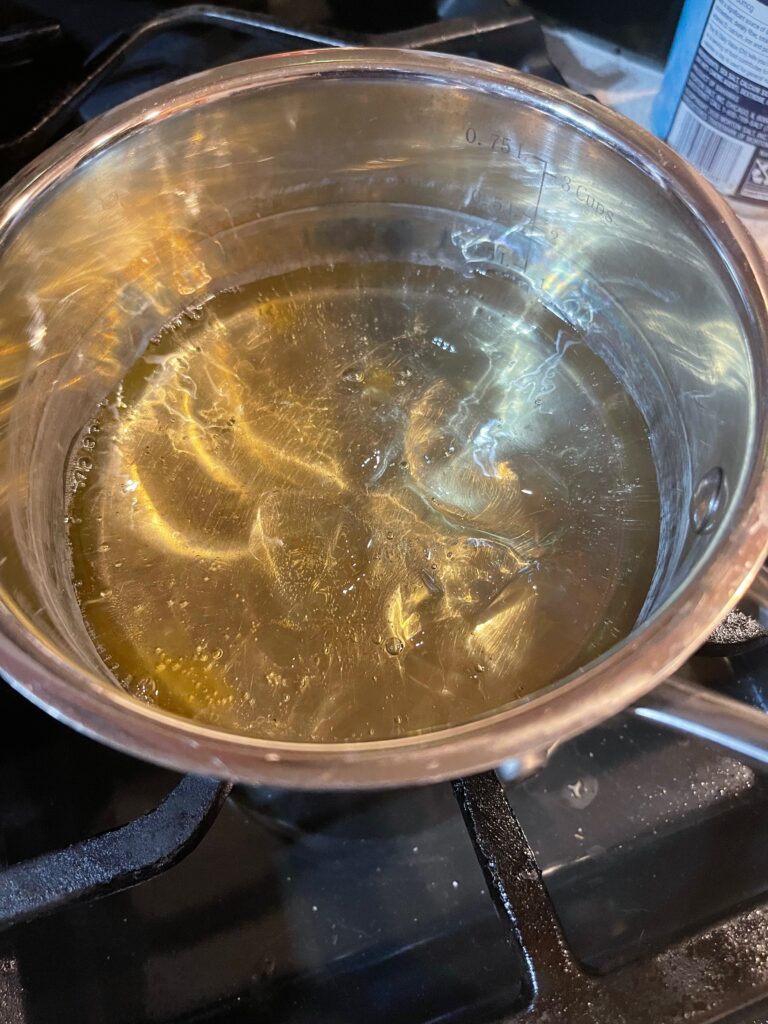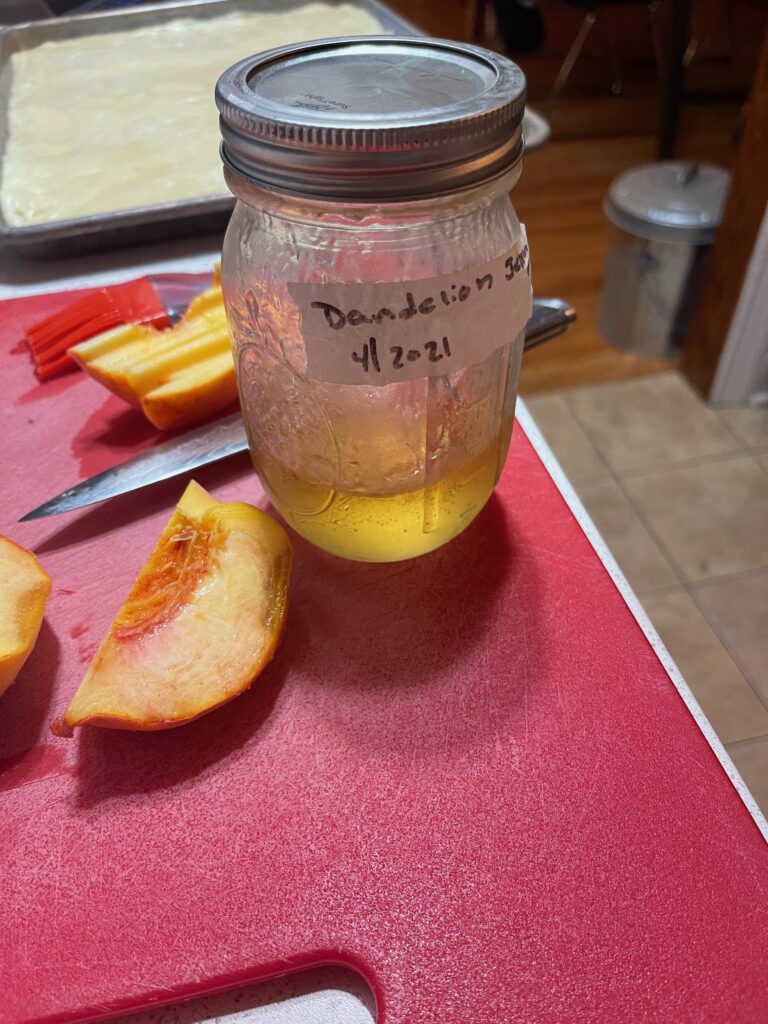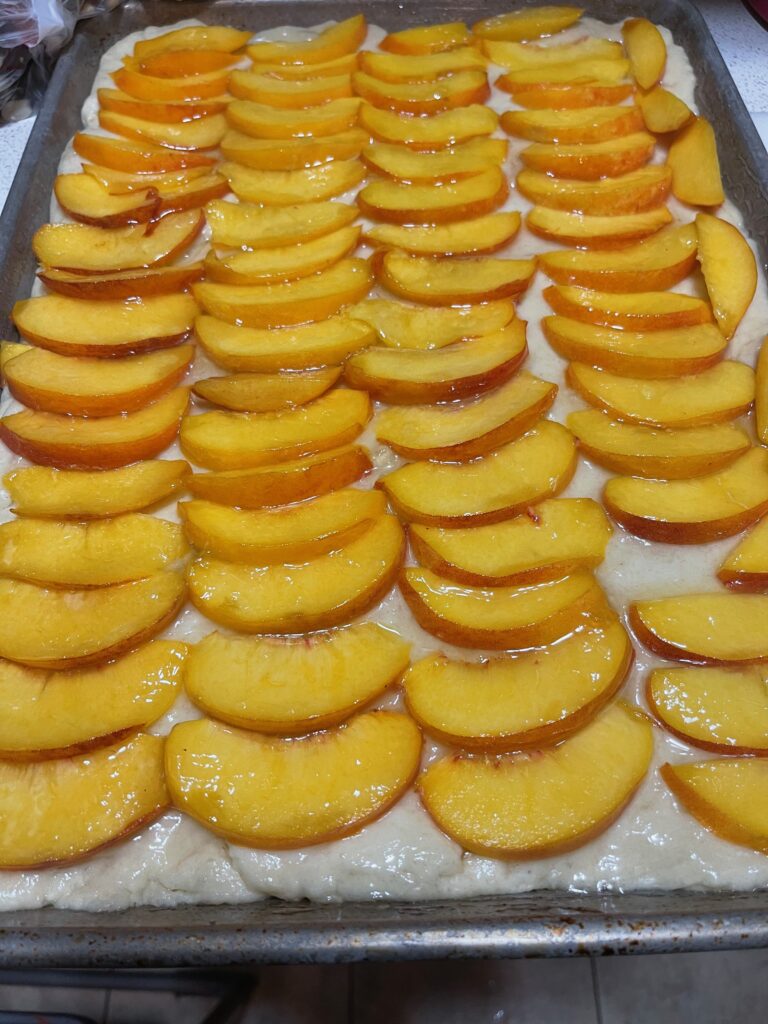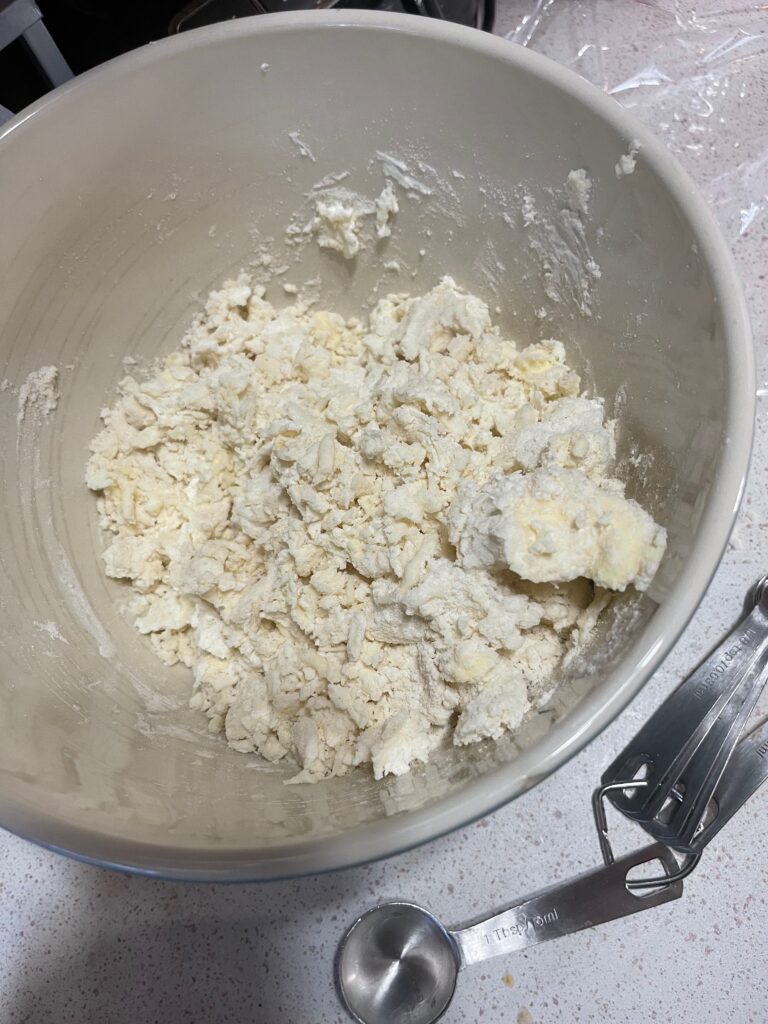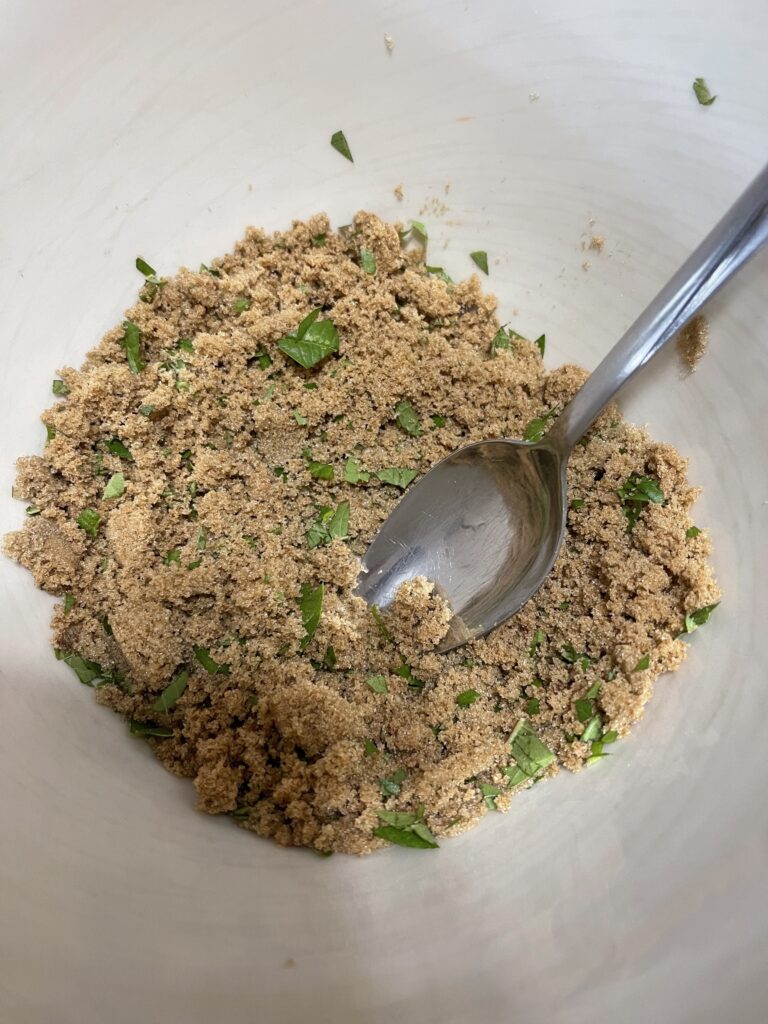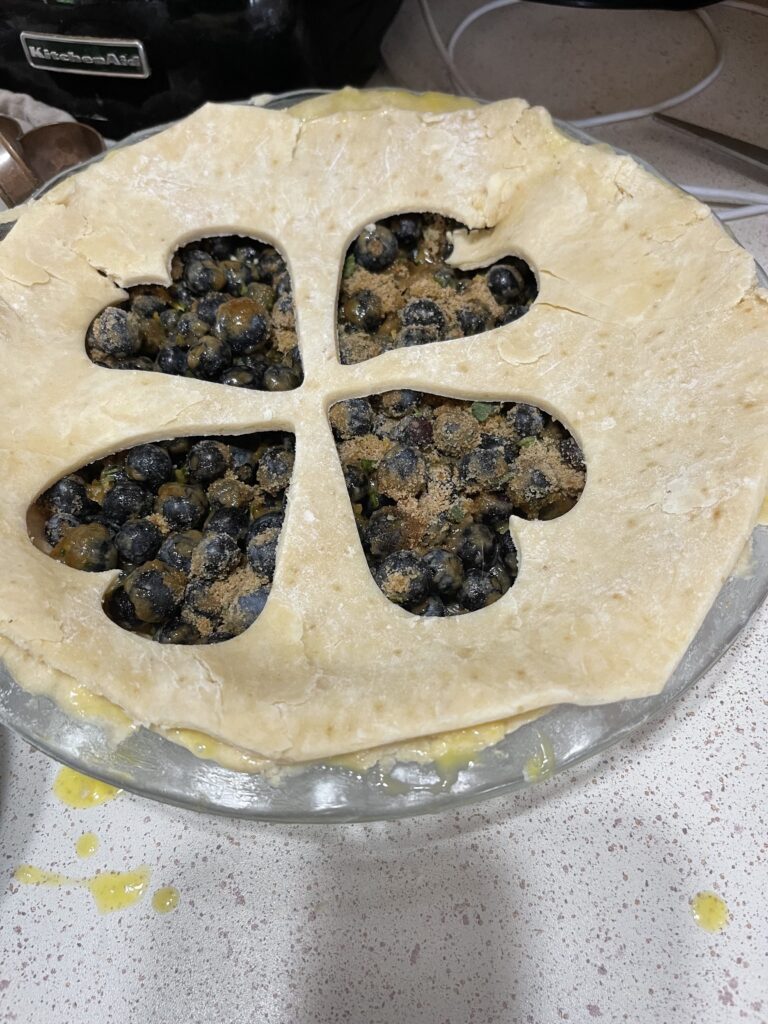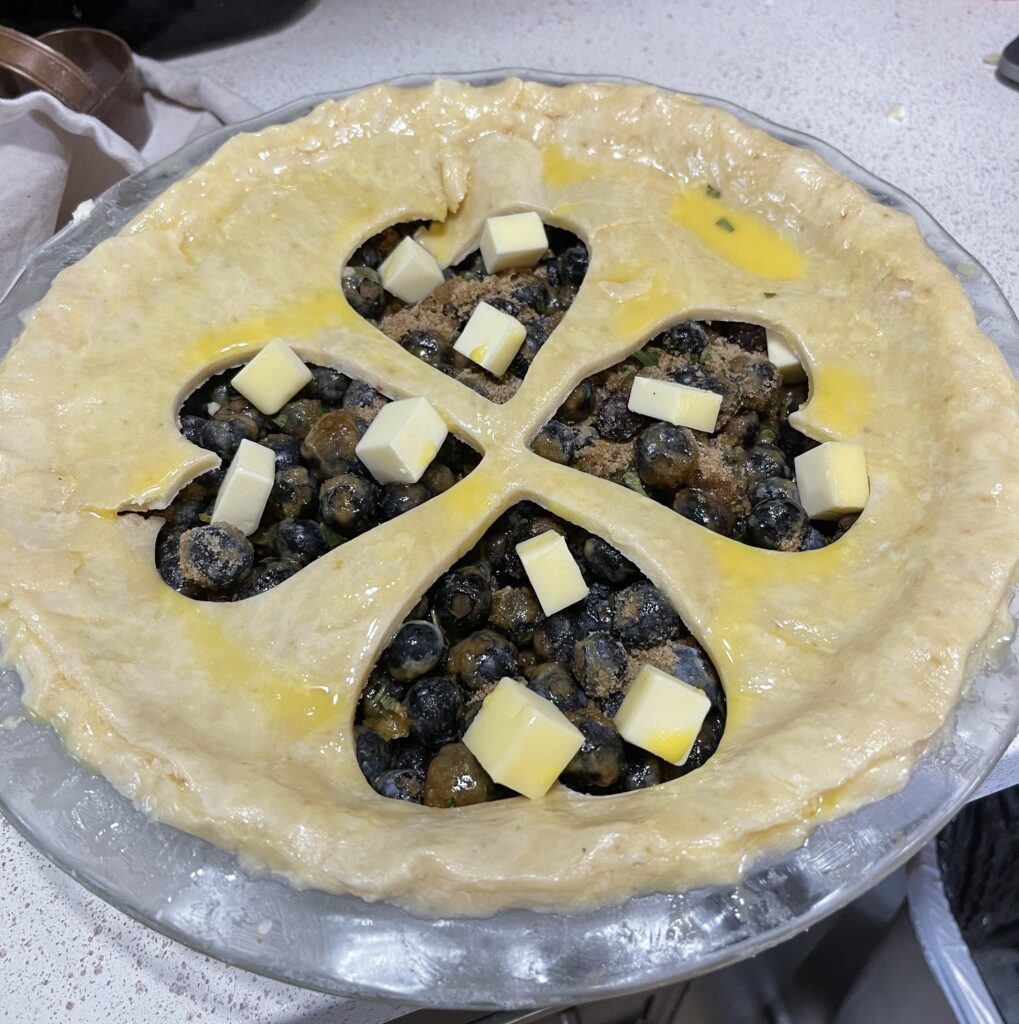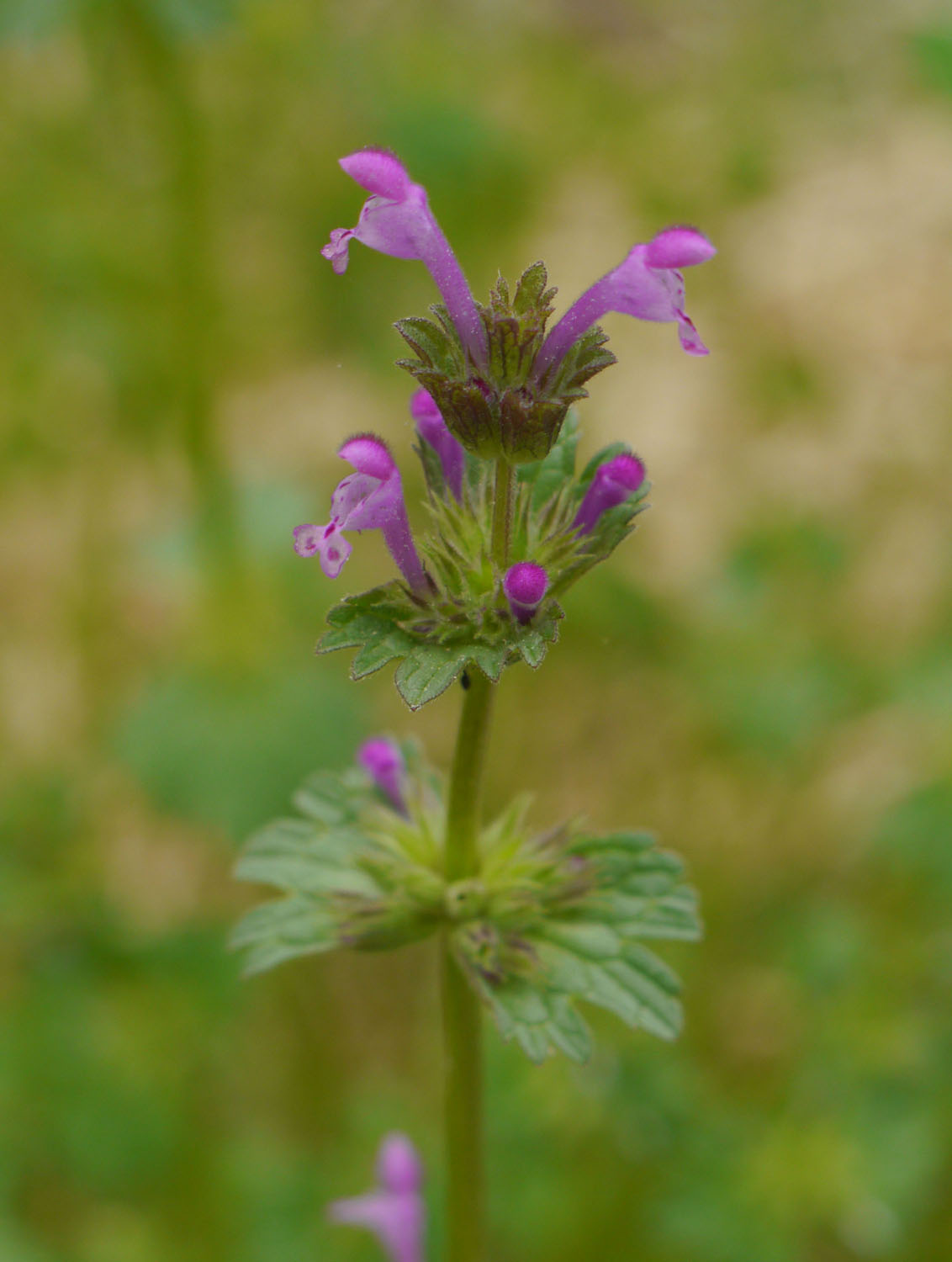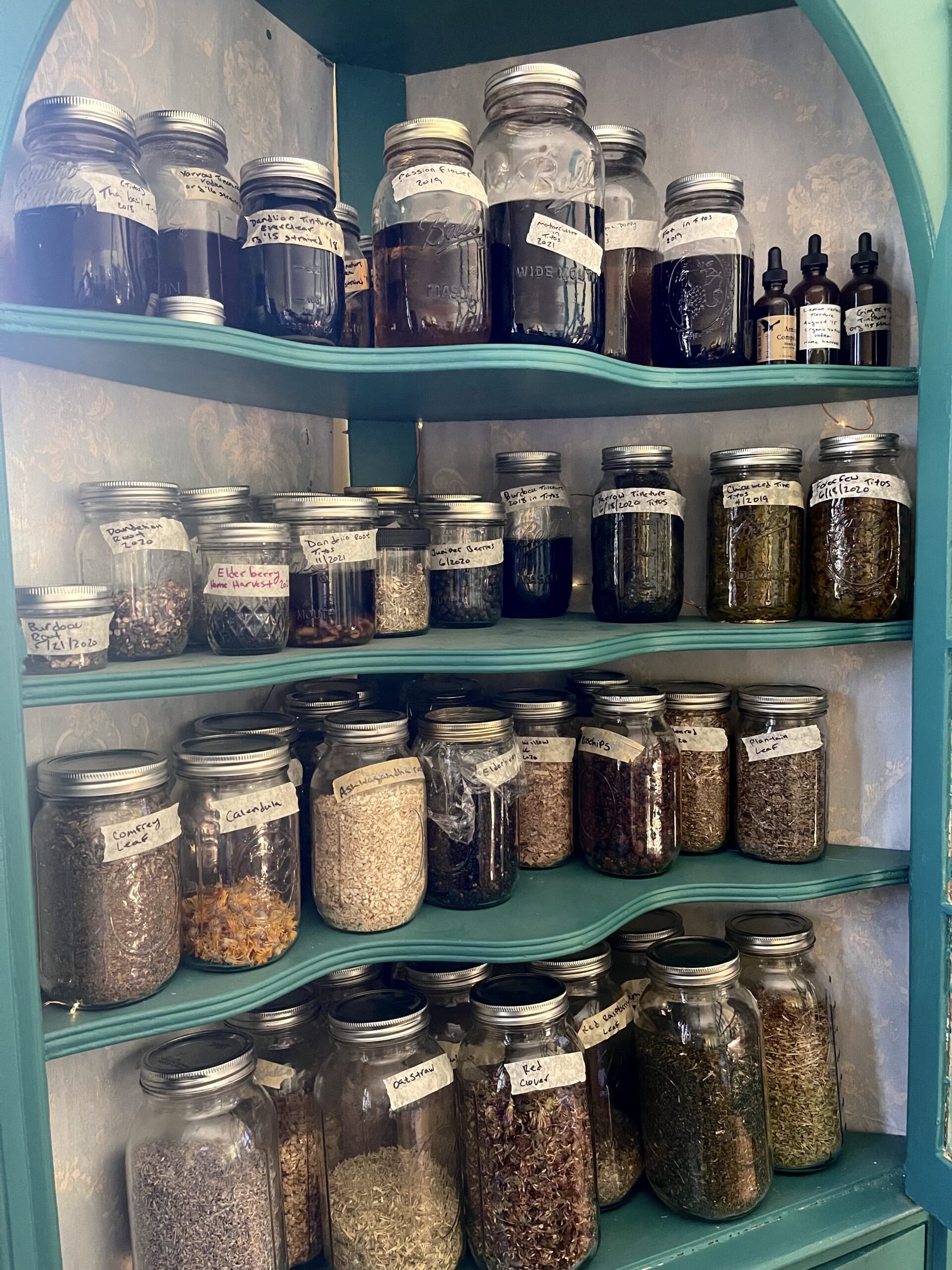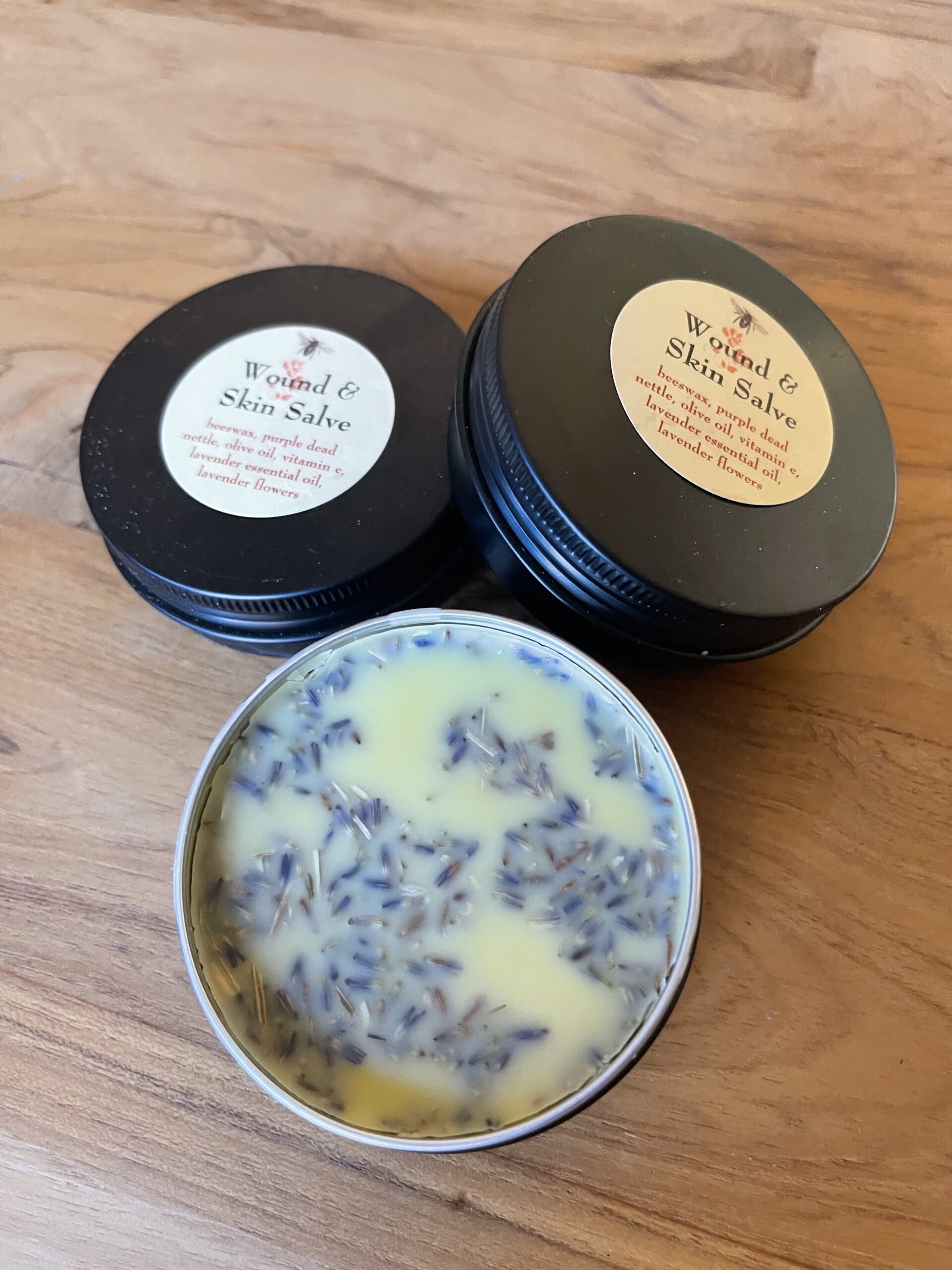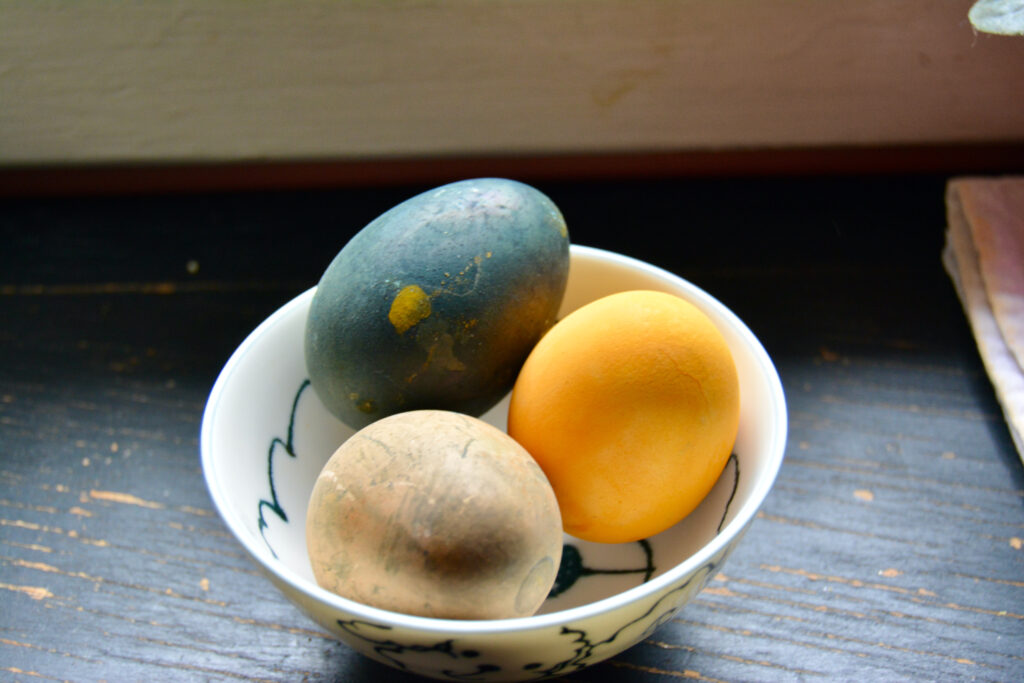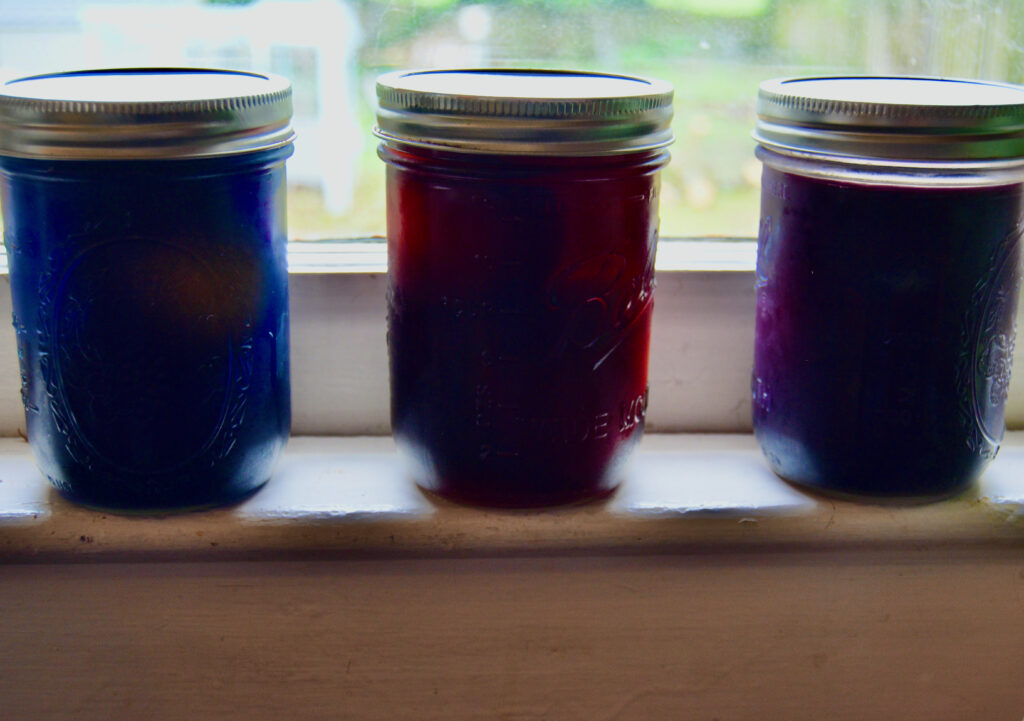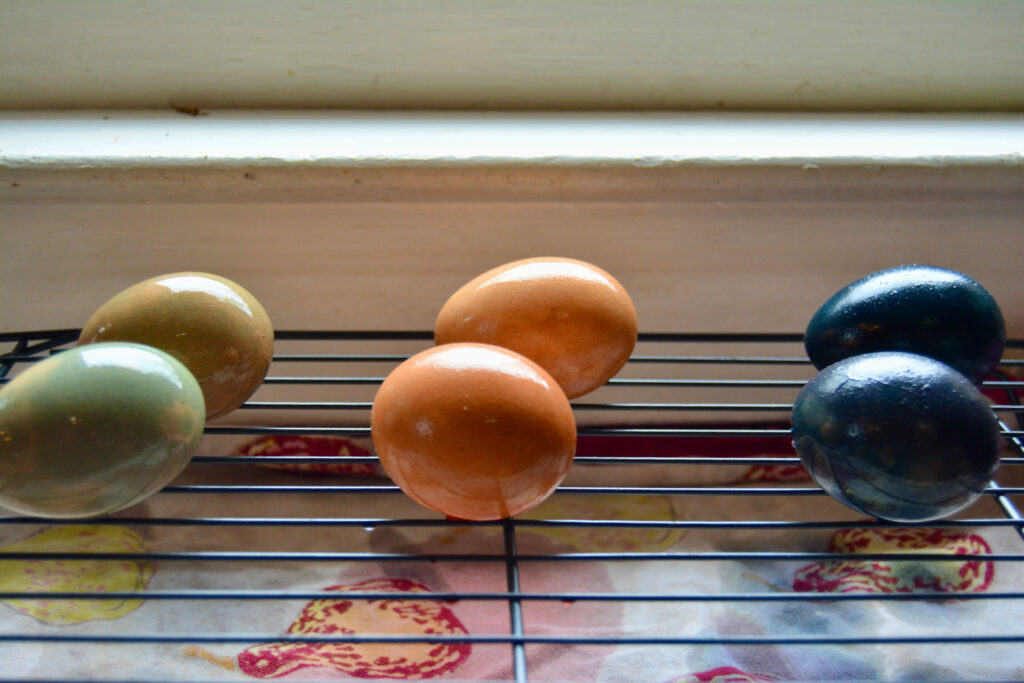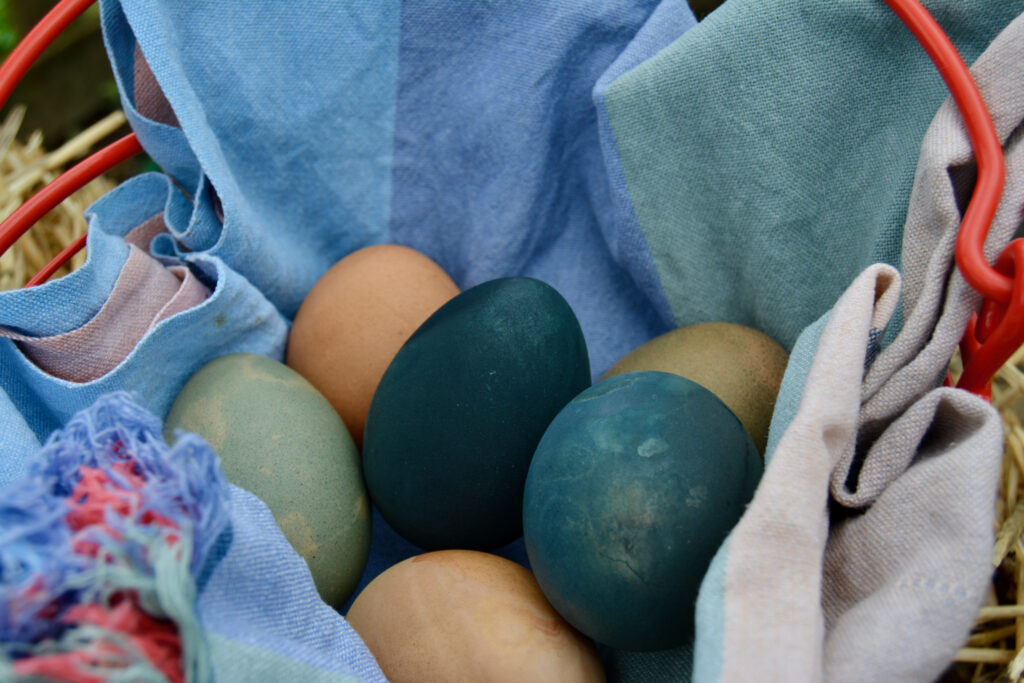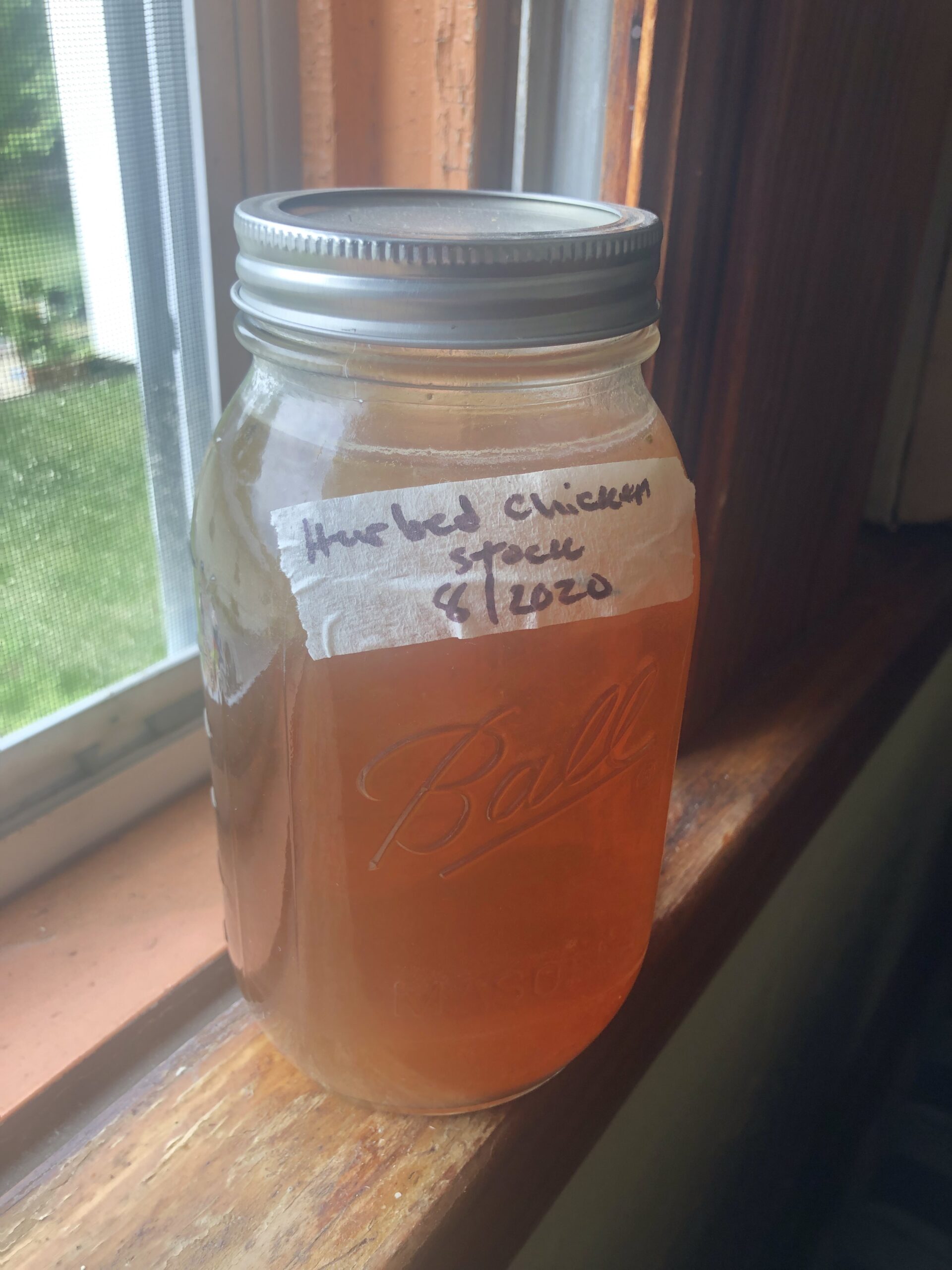As you may have seen monarch butterflies are now officially endangered as of this year. Up until now they have been listed as threatened, and while many of us anticipated this move it was still difficult news to hear. As we enter mid August you may have started to see more of these magnificent migrants through-ought central Maryland.
In February the monarchs will start mating in preparation for their trip north, from forested mountains in the Mexican state of Michoacan, west of Mexico City, a female monarch will lay over 400 eggs in the oyamel fir trees that populate the mountains. Due to global warming and illegal logging this vital habitat is at risk, and with it the entire monarch population. In a controversial move a group of Mexican scientists have been moving the fir trees further up in elevation in the hopes of preserving them from the harmful impacts of rising global temperatures.
By March the monarchs that arrived in Mexico in October and November will be ready to head north again along with their recently hatched and metamorphosed offspring. Gliding on the warm spring air they will begin entering Texas, southern California, Arizona, and New Mexico. On this journey the female monarchs will be searching diligently for milkweed plants on which to lay their eggs. Monarch caterpillars only eat milkweed, a plant that is widely toxic for other animals, and this provides them with some additional protection from predation. By late June and early July we will start to see these beautiful insects throughout Maryland.
What is truly remarkable about the monarch life cycle is the unique set of generations that they go through. The monarchs that travel to Mexico live between 6 and 9 months, but the monarchs born in the spring and summer only live 2-6 weeks after reaching their adult stage. What causes these tiny insects, weighing less than a gram, to have just distinct life expectancies? This is still under great study, but the current hypothesis is that in autumn with the changing of daylight and temperatures triggers a hormonal change in those monarch butterflies that tell them to migrate south.
For the past two years I have collaborated on a citizen science project to help propagate these incredible pollinators and weary travelers. Monarchs are a threatened species, and while some reports indicate that 2019 was one of the largest recent migrations recorded they still need support from gardeners and preservationists for their population to rebound from recent record lows. The most important thing you can do is to plant more milkweed in your yard and community gardens. Monarchs rely exclusively on this plant to lay their eggs and is the only food source for growing caterpillars.
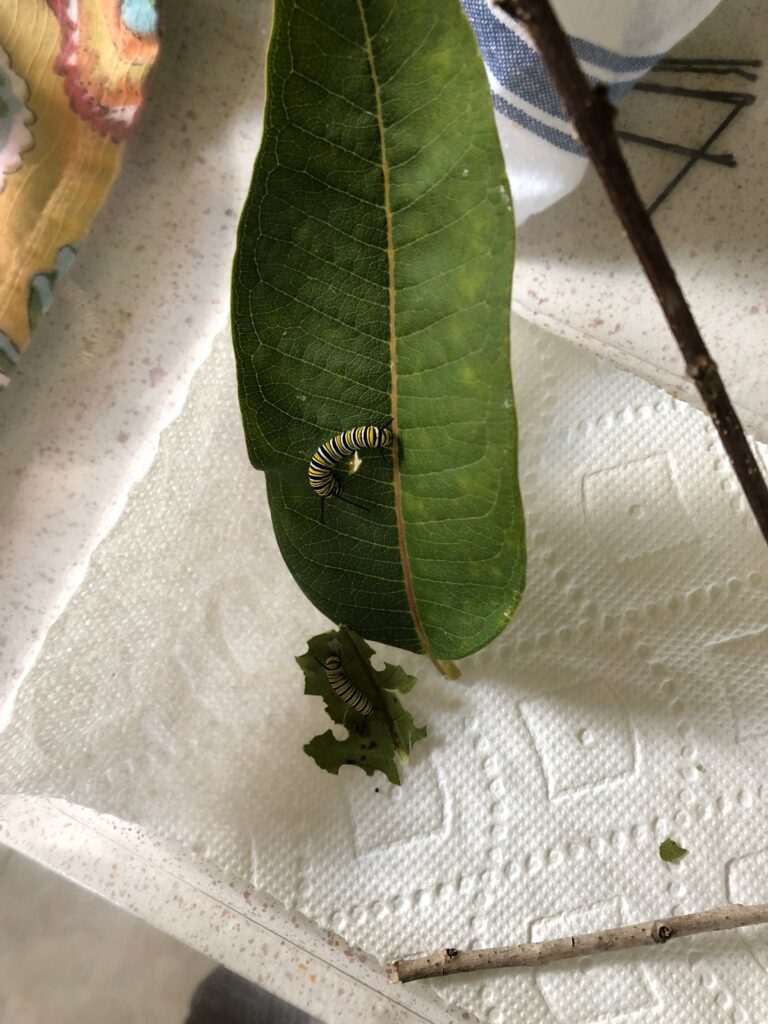
While, as mentioned above, the most important thing you can do to support monarchs is to plant more milkweed, there is a growing number of individuals who are bringing these magical creatures inside to help increase their chances of survival.
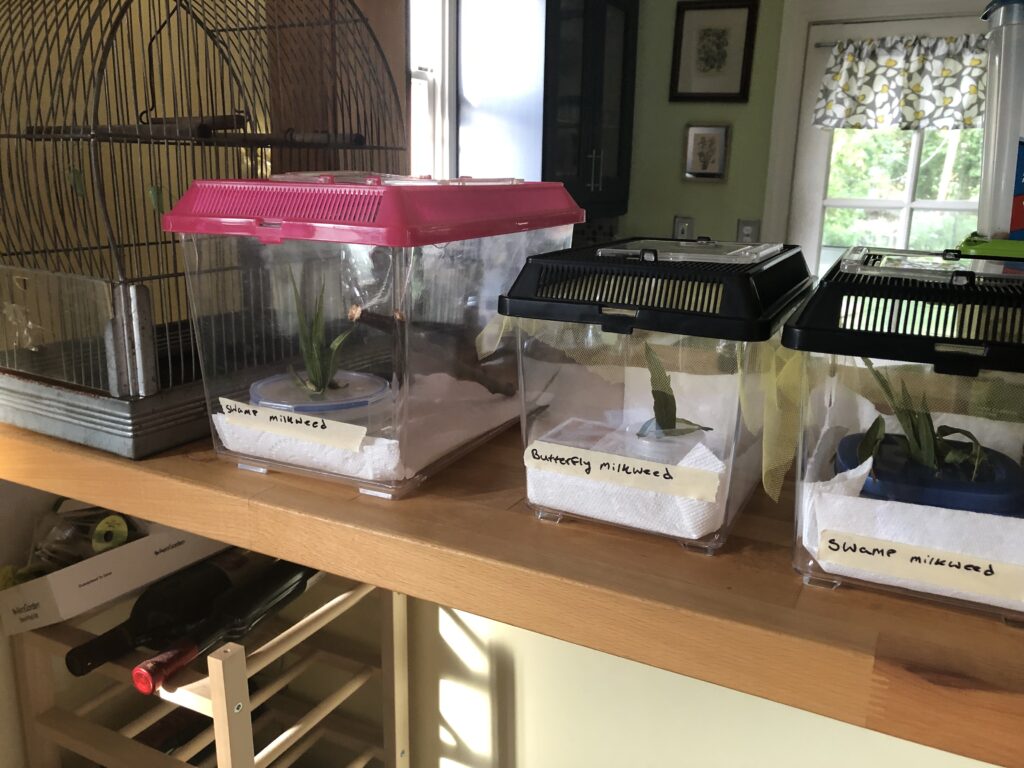
As more research has been accumulated we’ve learned more about how to best do this. One newer piece of information is that if you’re bringing in monarch caterpillars towards the end of the season late August/September/October you want to make sure that they’re still exposed to the changing temperatures and levels of light and moon cycles as autumn returns. One solution is to keep the caterpillars out on a screened in porch so that they are still protected from predators and the elements but will receive this vital information to let them know it is coming time to migrate to Mexico. If they’re kept inside entirely they may not get the news that it’s time to fly south and may linger in the area and end up dying when it gets cold. This is still a developing science so cause and effect is still a little unclear, but hopefully we’ll learn more in the coming years.
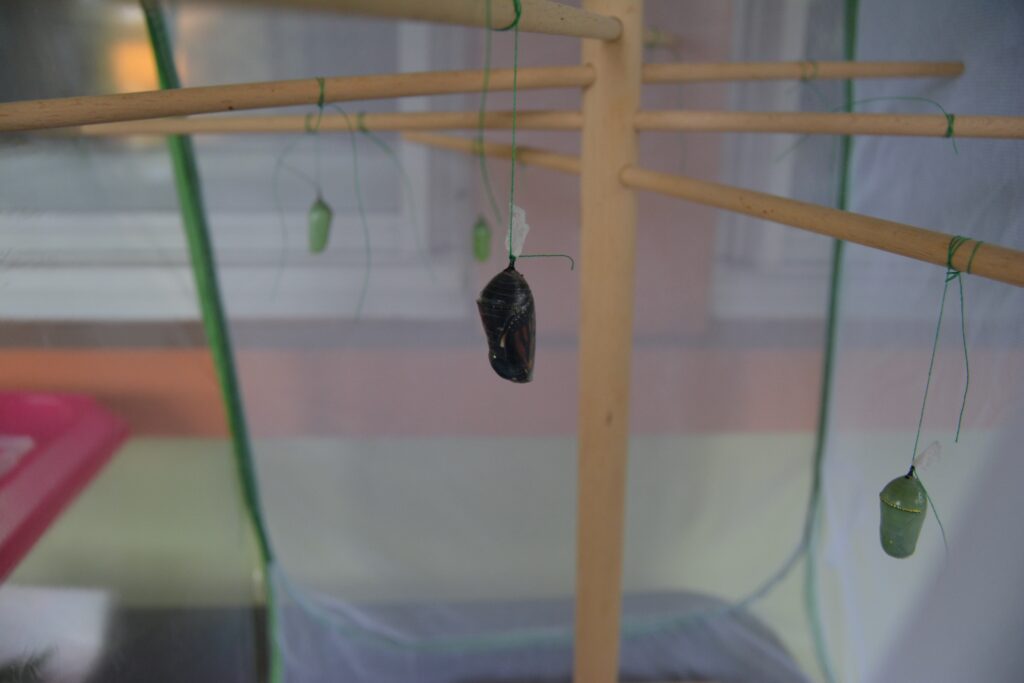
Another important consideration is that monarch caterpillars greatly prefer to eat the kind of milkweed that they hatched on. So, if you bring in a caterpillar that was on a Common Milkweed be sure that you provide them with plenty of that variety to eat during their development, and they eat a lot! The same is true of if you find them on Swamp Milkweed or Mexican Butterfly Weed. You do not need to provide water for them, they get all of the hydration they need from eating the leaves, but it can be helpful to cut a small hole in a small tupperware to make sure the leaves stay fresh, just make sure the hole is not big enough for the caterpillars to get through because they can fall in and drown. Monarch caterpillars typically stay in their larval stage (growing through instars of molting) for 9 – 14 days, they need daily observation, addition of milkweed leaves, and cleaning of their enclosures during this period. At the end of this phase they will find something in their enclosure to attach to and go into “J” after a day or so they will begin the transition to their pupa stage. This is quite a sight to see!

Monarch will remain in the pupal stage for 10 – 14 days. Right before they emerge the chrysalis will turn very dark, and you may be able to see the signature wing markings that monarchs are known for. As the butterfly emerges, it is essential that it is not disturbed, because if they fall they will likely die. It will take several hours for their wings to fill and dry, liquid will drip off of them, but don’t worry it’s not blood!
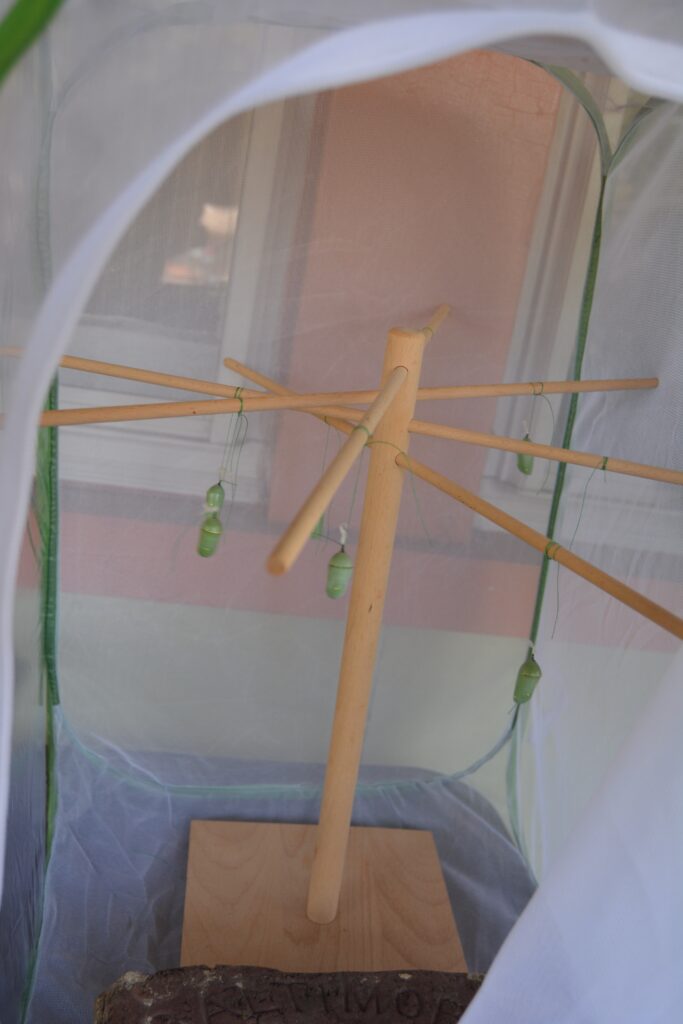
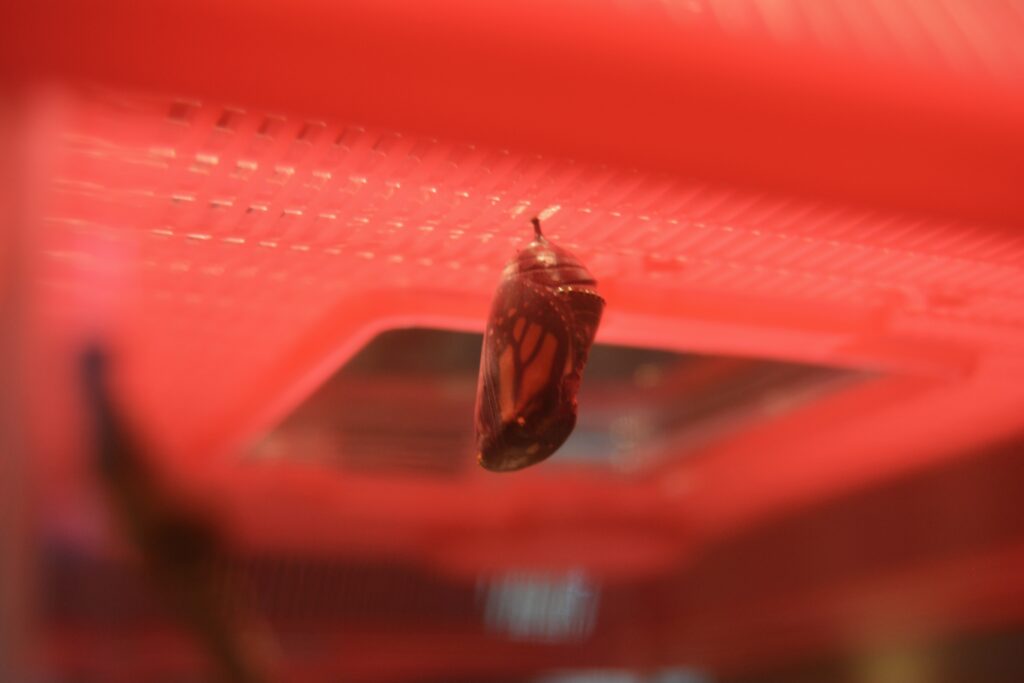
Once they begin to emerge it moves very quickly, and before you know it, there is a damp and rumpled butterfly joining your life!
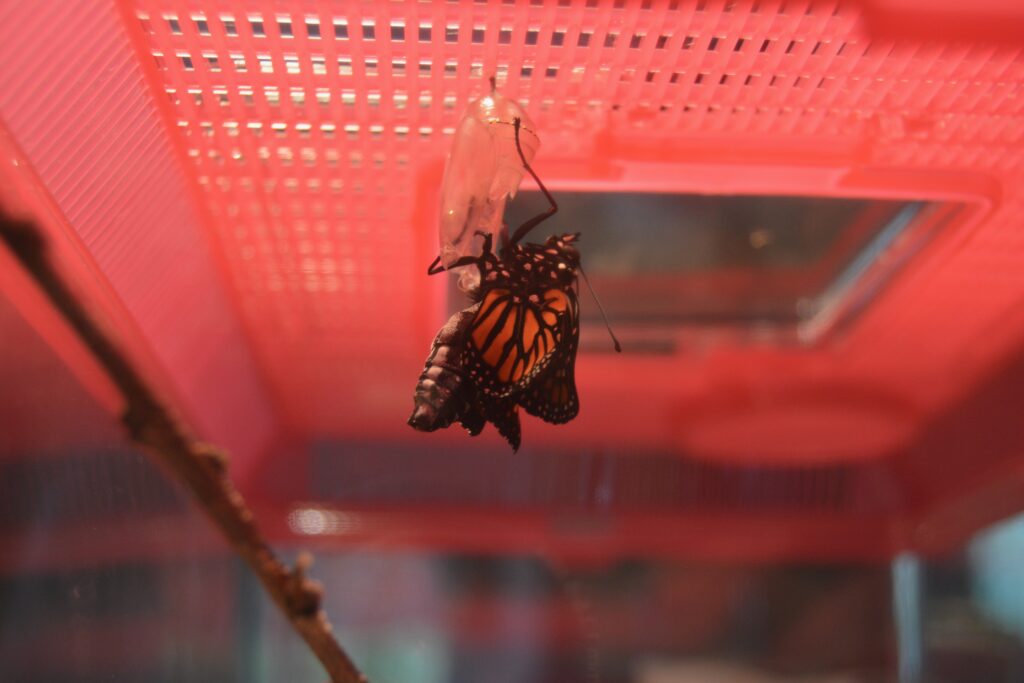
There is a citizen science program called Monarch Watch (https://www.monarchwatch.org/), where you can purchase tags to place on your new butterflies. This is especially important in the times leading up to migration, so that they can track any found butterflies and get a better picture of their migratory patterns. It wasn’t until 1975 that Fred Urquhart discovered that these migrations crossed the US border into Mexico and revolutionized our understanding of this incredible species. There are potentially more revelations on the way and by being citizen scientists we can help move those discoveries forward.
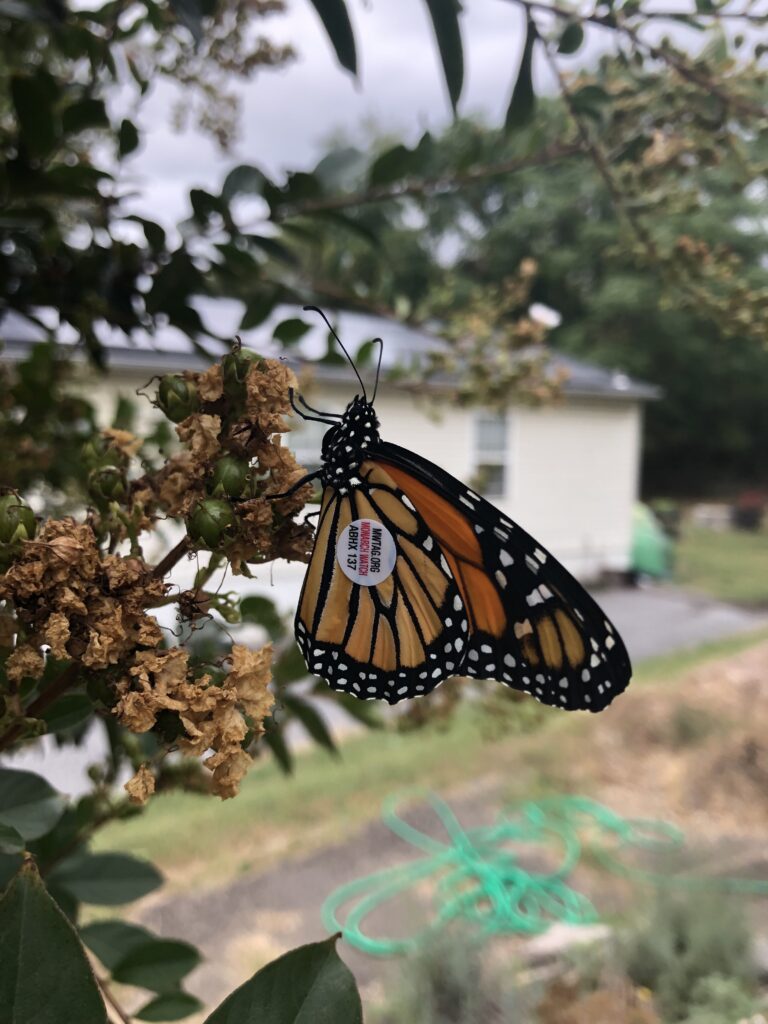
The health of the monarch butterfly is a true barometer of the overall wellbeing of our planet, and a stark reminder that the borders of nation states are lines made by humans, and as invisible to nature as the wind is to us.
References:
https://www.nature.com/articles/d41586-019-00190-1
